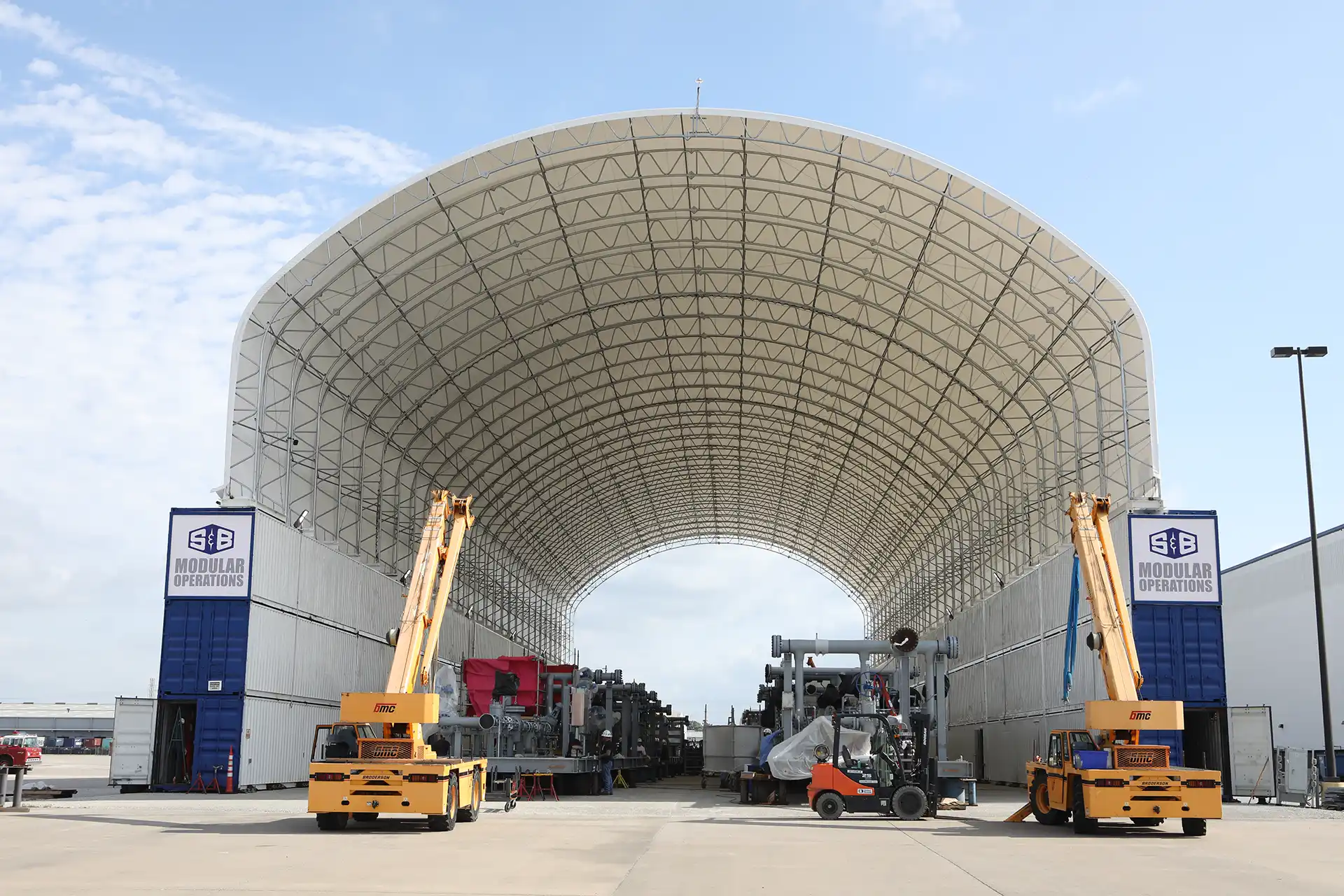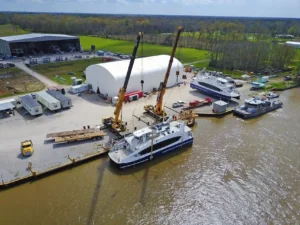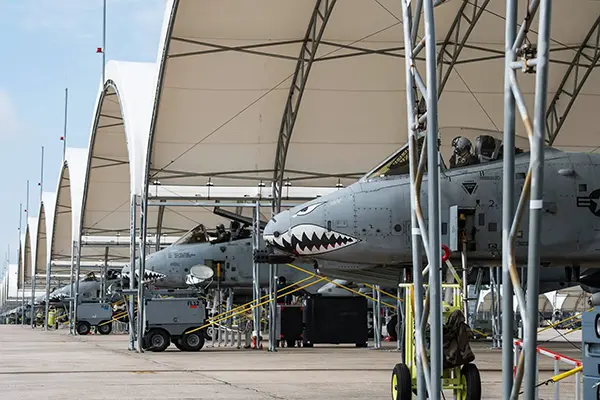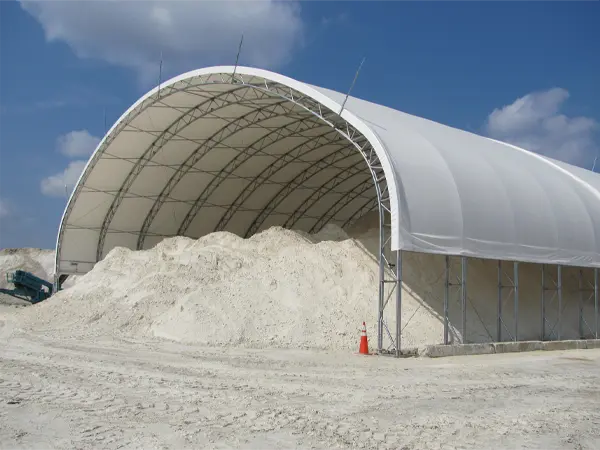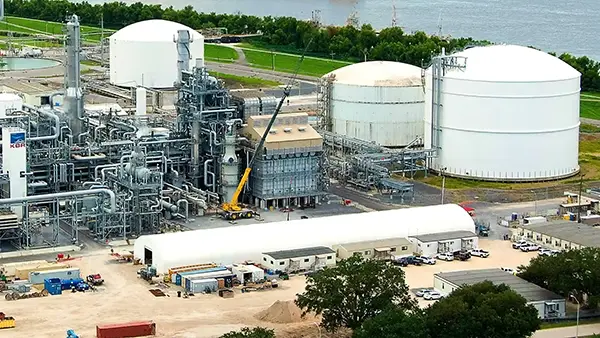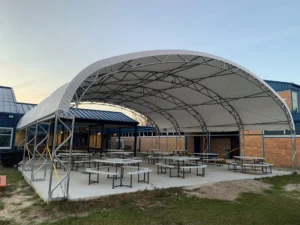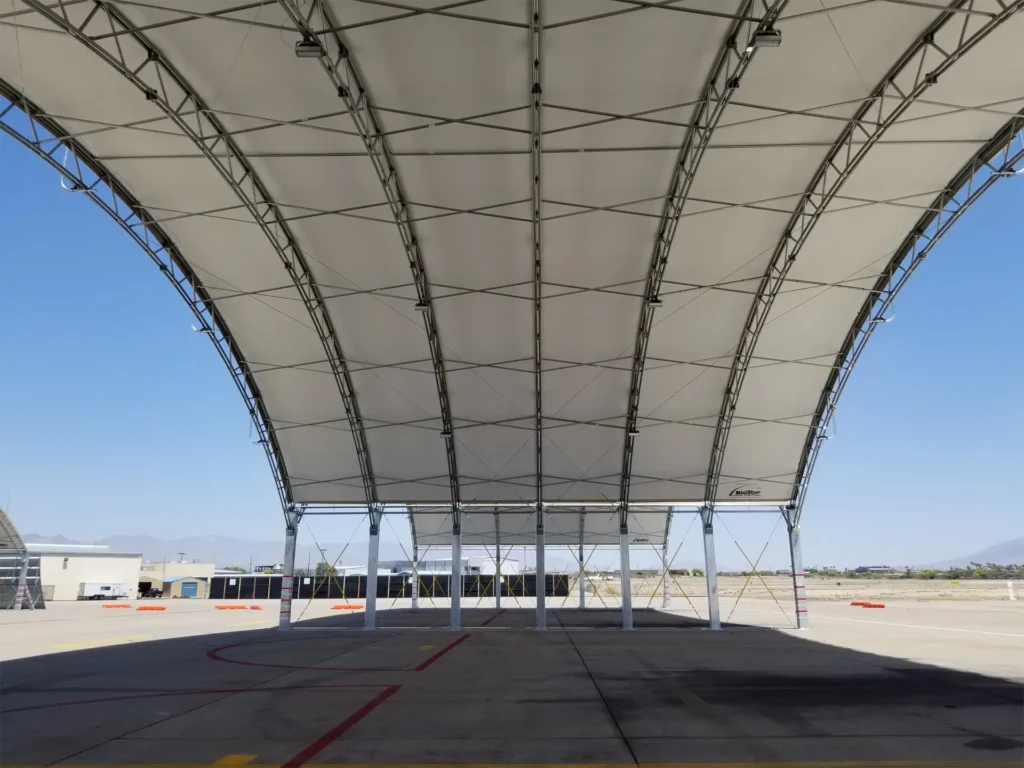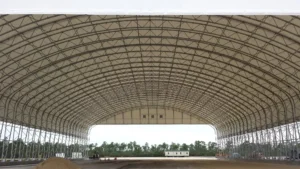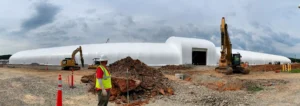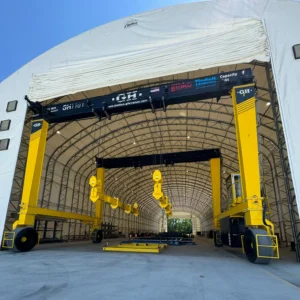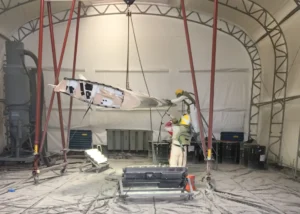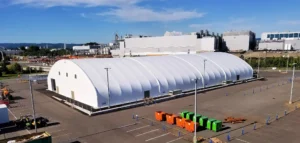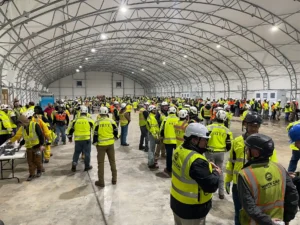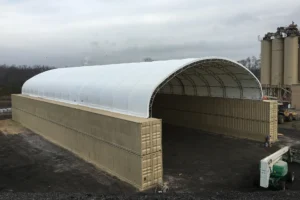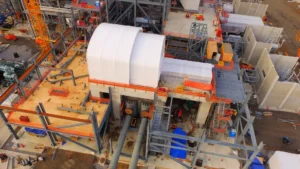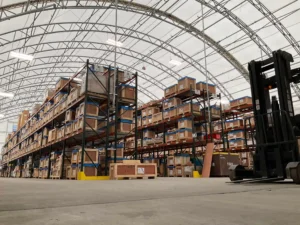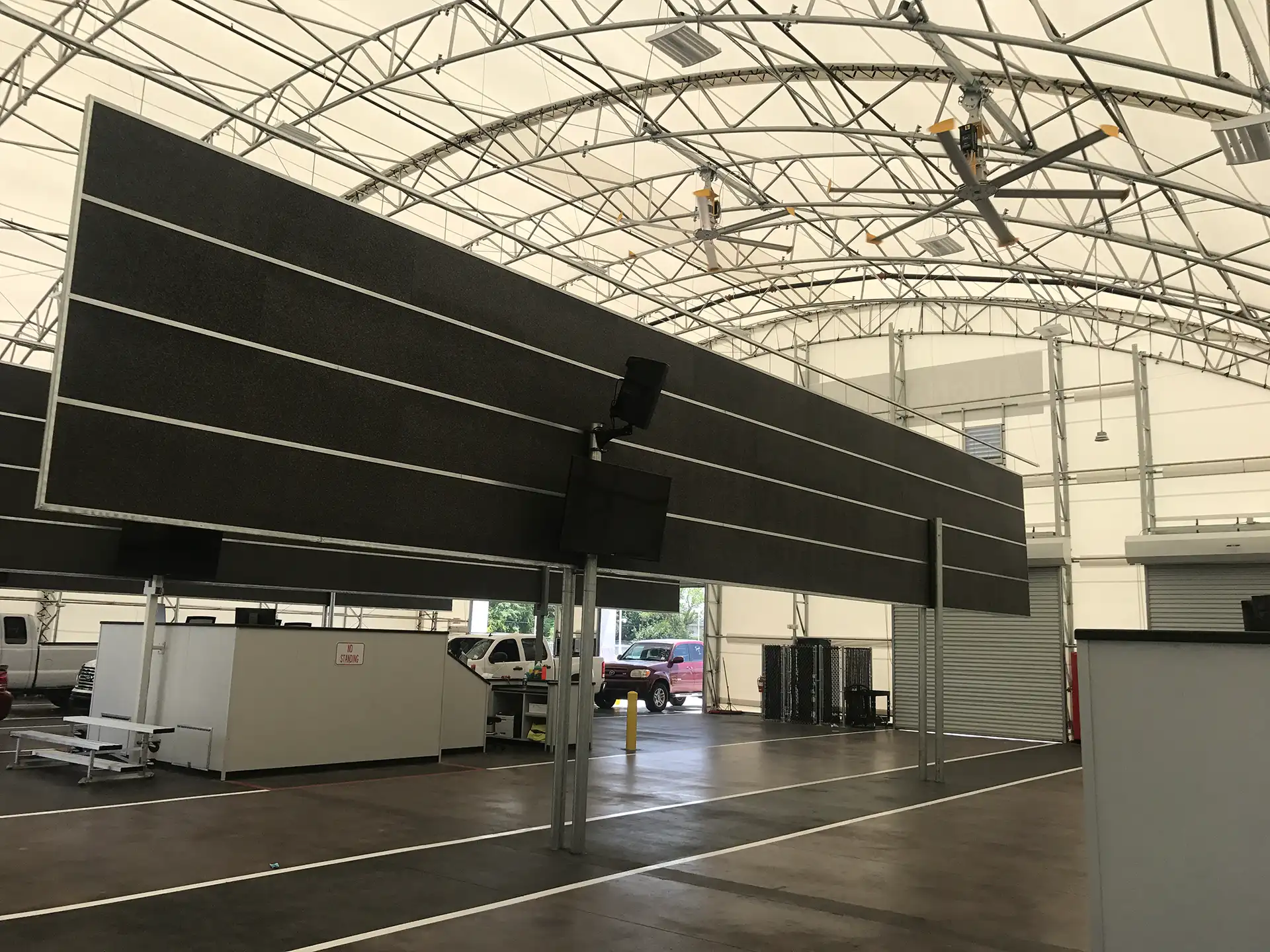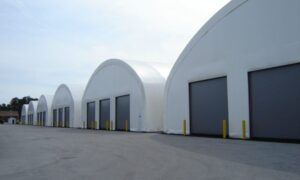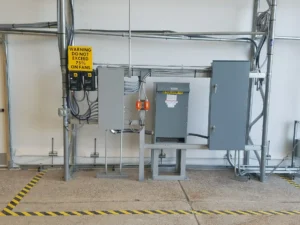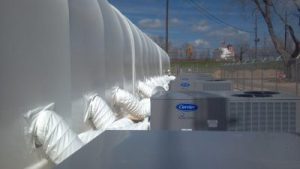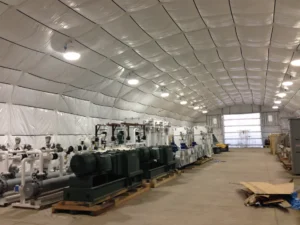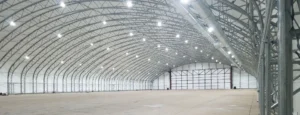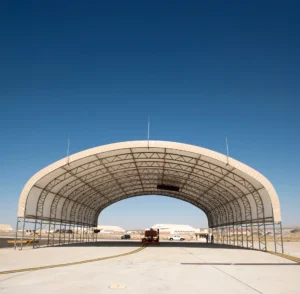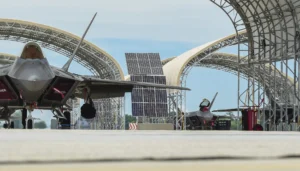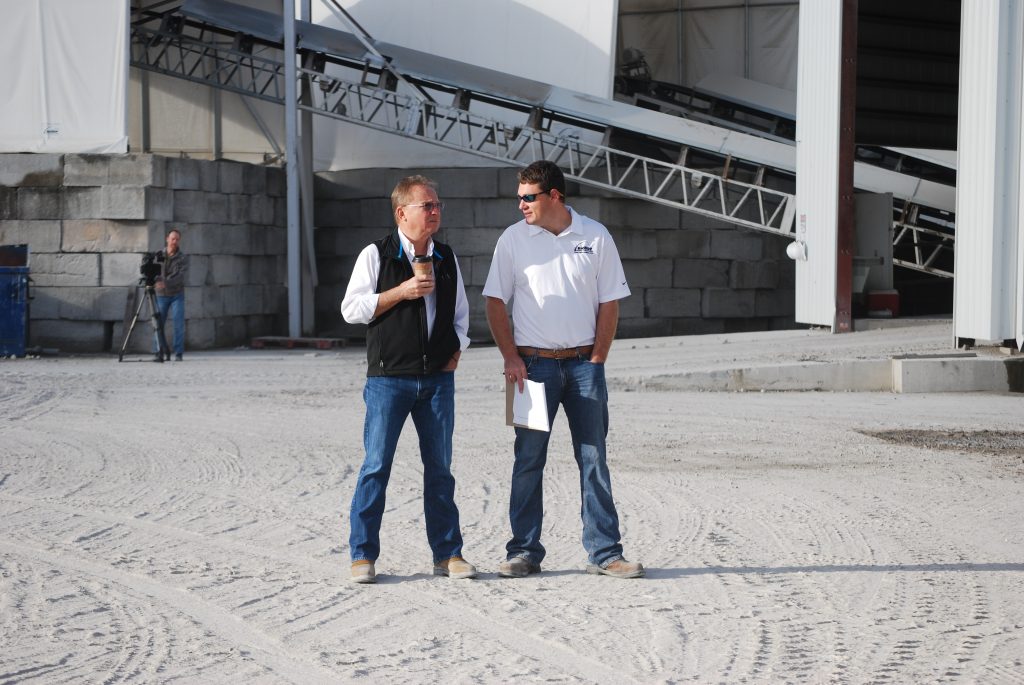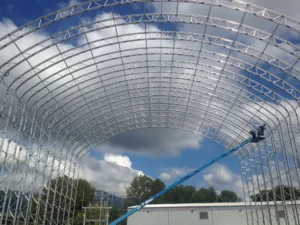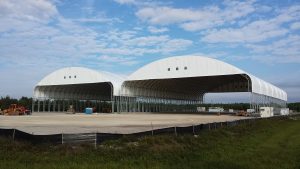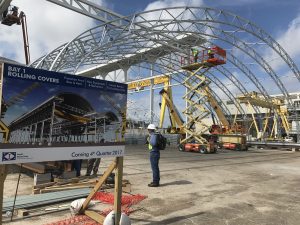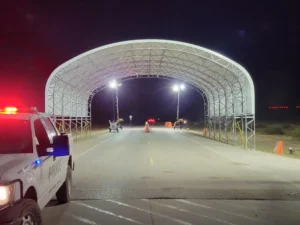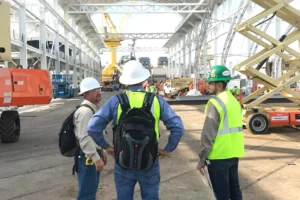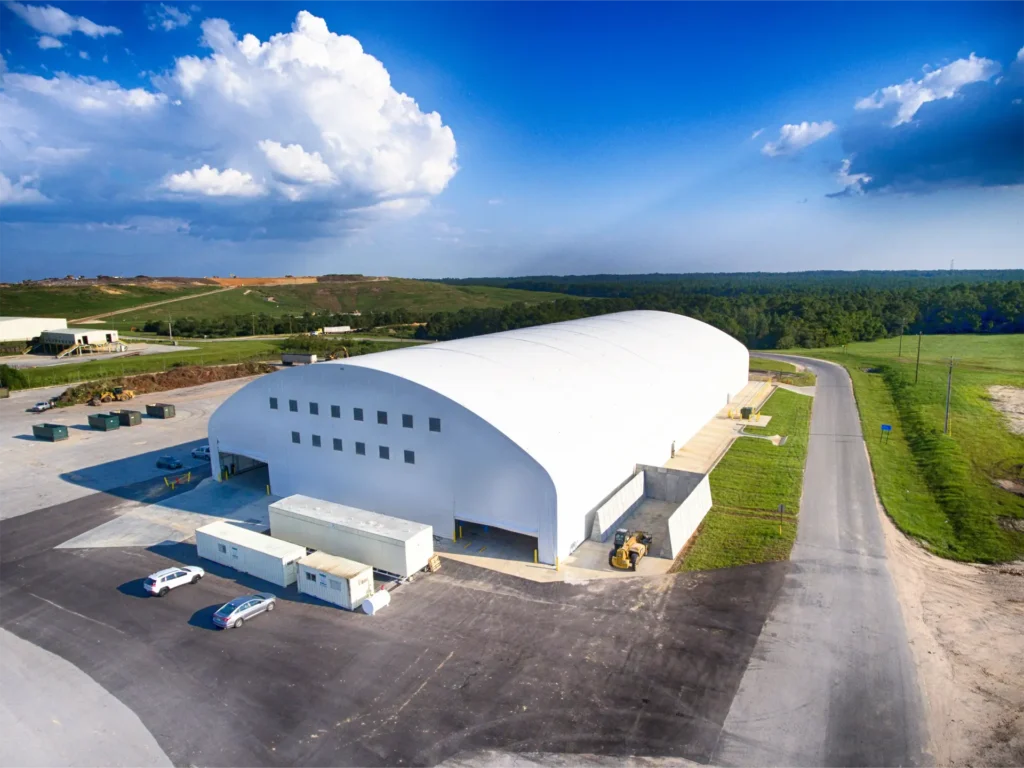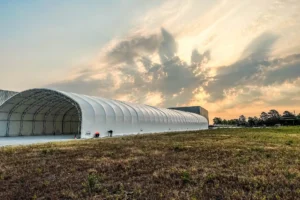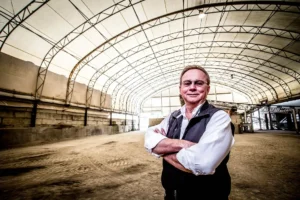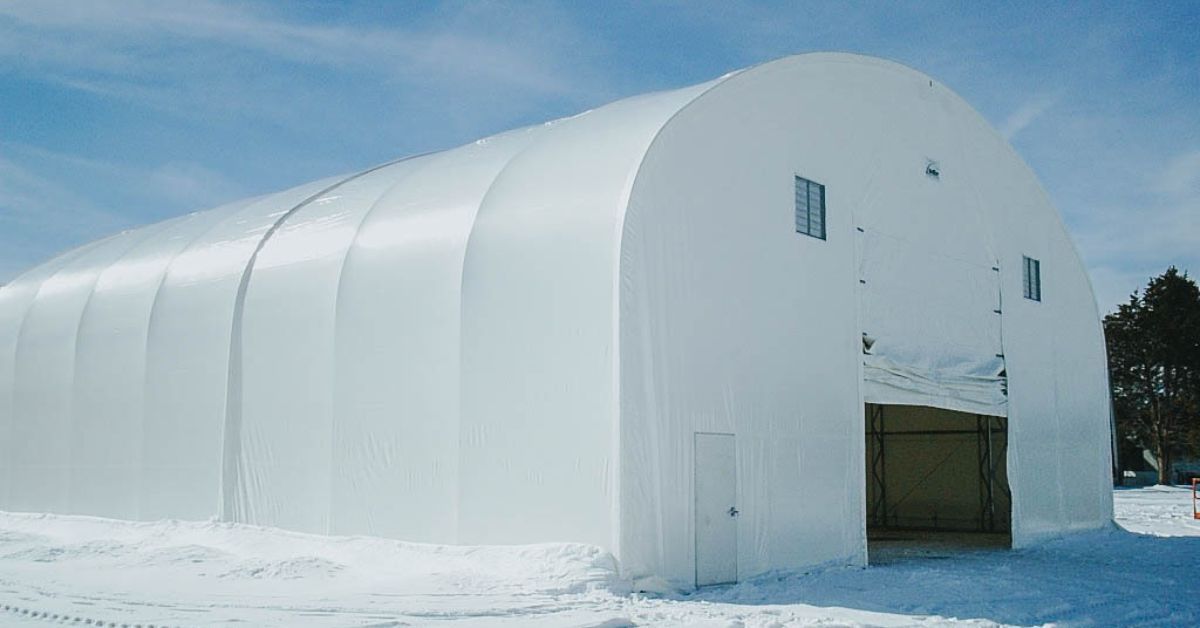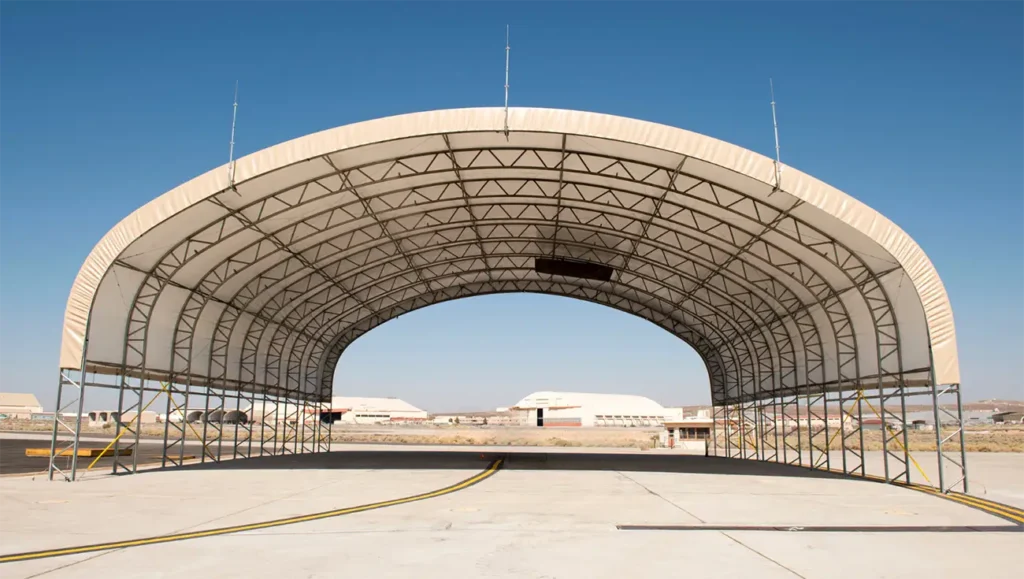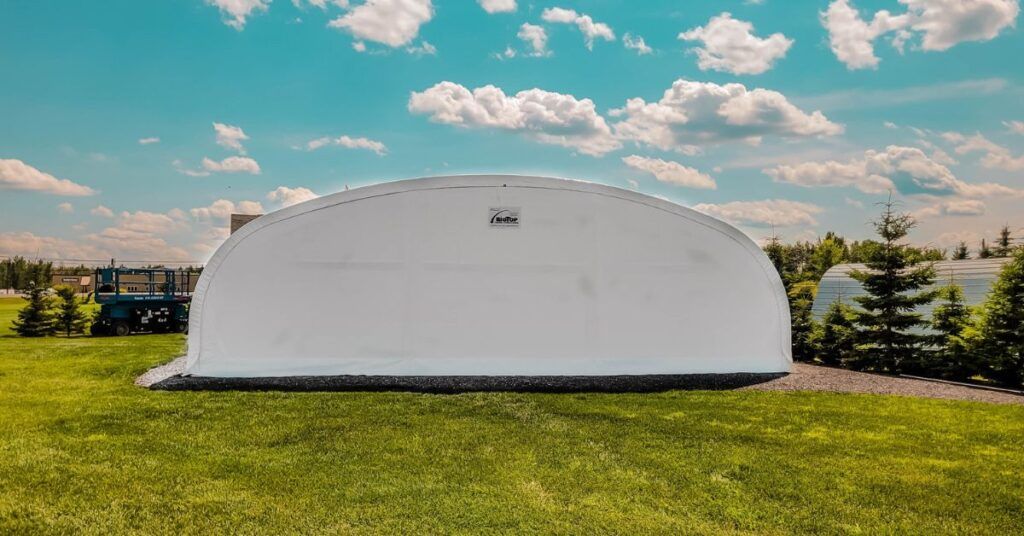Quonset buildings, semi-cylindrical structures made from corrugated steel, are a staple in various industries because of their simple design and robust structure. But did you know these buildings also have a fascinating history? This blog post will explore the history and evolution of Quonset buildings, highlighting their relevance and versatility from their inception to modern-day applications.
Introduction to Quonset Buildings
Quonset buildings have been around for decades. Originally developed during World War II, these buildings were designed to be quick and easy to assemble, providing essential storage and shelter for military operations. Over the years, their use has expanded to various civilian applications, from agricultural storage to commercial facilities.
These structures are known for their durability, cost-effectiveness, and versatility. Whether you’re a history buff or someone considering Quonset buildings for your next project, this blog will provide valuable insights into their development and continuing significance.
The Origin of Quonset Buildings
During World War II, the United States Navy needed a durable, lightweight, and easy-to-assemble structure for storage and housing. In 1941, engineers in Quonset Point, Rhode Island, designed what would later be known as the Quonset hut. These buildings were inspired by the British Nissen hut, which had a similar design and purpose.
The key features of these early Quonset huts included their corrugated steel construction and semi-cylindrical shape. These design elements made them incredibly strong and resistant to harsh weather conditions. The first Quonset huts could be assembled quickly, often within a day, making them ideal for military use.
Early Military Applications
Quonset huts were initially used as military barracks, medical facilities, and storage units. Their ability to withstand extreme weather conditions and ease of transportation made them invaluable during wartime. Soldiers could quickly erect these buildings in various terrains, from deserts to jungles, providing much-needed shelter and operational space.
Their practicality did not go unnoticed. The military soon realized that Quonset huts could be used for various other purposes, including mess halls and offices. This adaptability contributed to their widespread use throughout the war.
Postwar Popularity
After World War II, the surplus of Quonset huts led to their adoption in civilian life. Veterans returning home found various uses for these structures, from temporary housing to storage units. The affordability and ease of assembly made them popular among the general public.
During this period, Quonset huts began to evolve. Manufacturers started experimenting with different materials and designs to make them more suitable for civilian use. Insulation and ventilation improvements were added to make the buildings more comfortable for residential purposes.
Agricultural Uses
Quonset buildings found a natural fit in agriculture. Farmers appreciated their durability and the protection they offered against the elements. These buildings were used for storing equipment, hay, and livestock.
The semi-cylindrical design also allowed for efficient air circulation, which is crucial for storing perishable goods. This feature made Quonset buildings an indispensable part of the agricultural landscape, a trend that continues today.
Commercial Applications
The commercial sector also saw the potential of Quonset buildings. Their open interior space and lack of support columns made them ideal for various applications, from warehouses to retail stores. Businesses appreciated the cost savings associated with these structures, particularly in terms of construction and maintenance.
Over time, Quonset buildings were customized to meet the specific needs of different industries. For example, some were designed with additional insulation for cold storage, while others were modified to include large doors for easy access to heavy machinery.
Modern Advancements
In recent years, advancements in materials and construction techniques have further enhanced the appeal of Quonset buildings. Modern versions are often made from higher-grade steel and have various customization options, including windows, doors, and insulation.
These improvements have expanded the range of applications for Quonset buildings. They are now used for everything from high-end residential homes to state-of-the-art research facilities. The flexibility of modern Quonset buildings makes them a viable option for many different projects.
Environmental Benefits
One of the lesser-known benefits of Quonset buildings is their environmental impact. Using steel, a recyclable material, makes these buildings more sustainable than traditional wood-frame structures. Additionally, the efficient design minimizes waste during construction.
Many modern Quonset buildings are designed with energy efficiency in mind. Features like solar panels and rainwater harvesting systems can be integrated into the structure, making them an eco-friendly choice for environmentally conscious individuals and businesses.
Cost-Effectiveness
Cost is always a significant consideration in any construction project. Quonset buildings offer exceptional value for money. Their prefabricated nature means labor costs are significantly lower than traditional building methods. Additionally, their durability reduces long-term maintenance costs.
The speed of construction also translates to financial savings. A Quonset building can be erected in a fraction of the time it takes to build a conventional structure, reducing overall project timelines and associated costs.
Versatility in Design
One of the standout features of Quonset buildings is their versatility. They can be adapted to suit various needs, from simple storage units to luxurious living spaces. The ability to customize these buildings makes them an attractive option for many people.
Architects and designers have embraced the unique aesthetic of Quonset buildings, incorporating them into innovative projects. Interior modifications can include multiple floors, partitioned rooms, and even skylights, making the possibilities virtually endless.
Security and Durability
Security is another crucial factor where Quonset buildings excel. Their steel construction provides a robust barrier against break-ins, while their design makes them resistant to natural disasters like hurricanes and earthquakes.
This durability extends to their lifespan. A well-maintained Quonset building can last decades, providing a secure and reliable space for various applications. This longevity makes them a wise investment for both short-term and long-term needs.
Future Prospects
The future looks bright for Quonset buildings. With ongoing advancements in materials and technology, their applications are likely to expand even further. The growing emphasis on sustainability and cost-effectiveness in construction will only increase their appeal.
Innovative uses of Quonset buildings are already emerging. From eco-friendly homes to cutting-edge research facilities, these structures are proving that they are far from outdated. Their adaptability and resilience make them a valuable asset in the modern world.
Conclusion
Quonset buildings have come a long way since their inception during World War II. Their evolution has been marked by continuous improvements in design, materials, and applications. Today, they stand as a testament to human ingenuity and adaptability. Now that you know the history and evolution of Quonset buildings, you can better appreciate their impact on our world.
Whether you’re considering a Quonset building for personal use or a commercial project, their benefits are clear. Contact us today to learn more about how these versatile structures can meet your specific requirements.
